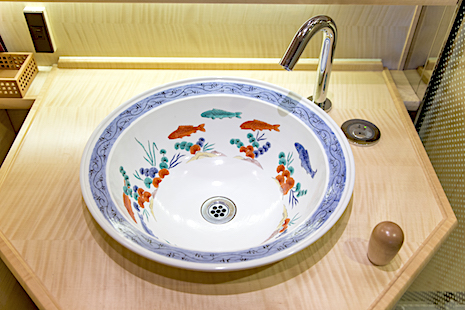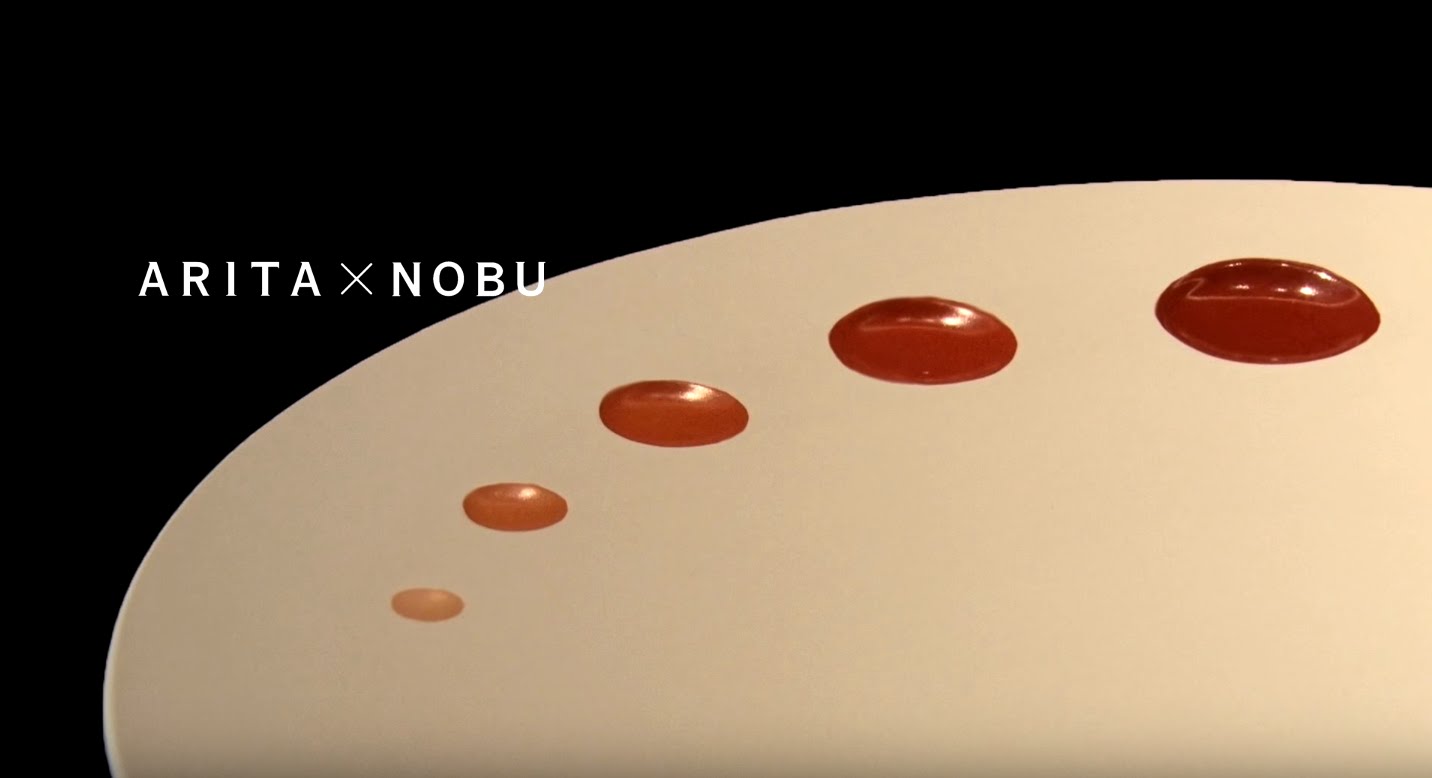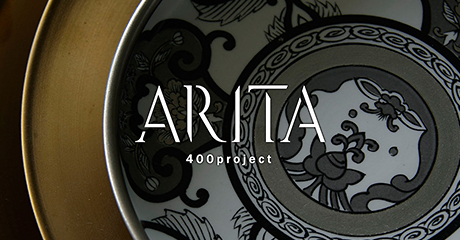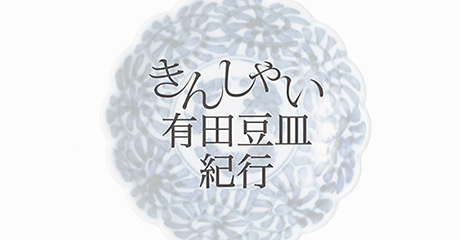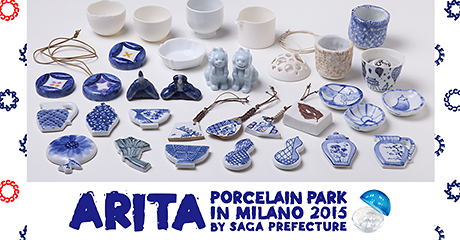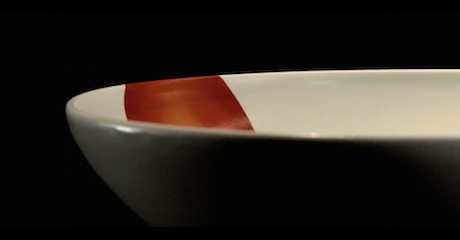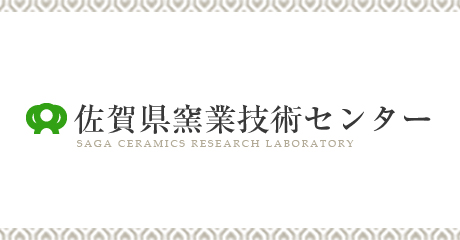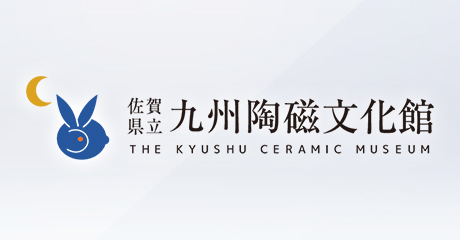1915: The porcelain distribution revolution: Arita Ceramic Bazaar
Visitors to the Keiunji Temple located in Arita Town are greeted by a pair of temple guardian statues fiercely glaring poised and ready to leap at any moment. The power arising from their stone carved bodies and their vibrant heavenly robes overflowing with energy draws the viewer into another world and is quite different from Arita porcelain, which like a quiet art installation fascinates them with its delicate beauty. Keiunji Temple is the home of the Arita Ceramic Bazaar, and once a year the sedate atmosphere of the temple precincts gives way to this bustling festival crowded with an endless variety of ceramic ware stalls visited by as many as one million people over the festival period.
In fact, it was only from the 19th Ceramic Competition in 1915 that the Ceramic Bazaar turned into the much loved and flourishing festival of today; previously the competitions held at the Keiunji Temple were a little more solemn. Potteries and ceramic artists would bring in their best works fired with the utmost care and attention to then patiently and anxiously await the assessment of the judges; the atmosphere was tense until broken by the joyous relief of the winners and the disappointment of the losers. It is said it was so quiet during judging that you could hear a pin drop.
Everything changed thanks to the enthusiasm of Fukagawa Rokusuke, the publisher of a booklet titled “Arita no Tomo (Friends in Arita)”*1 *2 and a keen advocate of holding a ceramic clearance sale along with the competition. Working with Nakashima Hiroki and Tokumi Tomotaka, staff members of Arita no Tomo, Rokusuke planned a ceramic festival to help revitalize the ceramics industry in Arita, and he proposed his idea to Hisatomi Mihosuke, the town mayor, and Fukagawa Eizaemon of Koransha, a ceramic trading company.
In those days, selling end of runs and bits and pieces was thought to be the preserve of women and children and a chance for them to earn a bit of pocket money, so at first this proposal for a clearance sale met with only a lukewarm response, but in the end people across Arita succumbed to Rokusuke’s enthusiasm.
The Arita Youth Association played a leading role to help organize the event, and the main street of the town was decorated and each shop displayed their products in their own way, and thus the forerunner of the present ceramic bazaar was created. Some ideas such as free delivery of purchased products to the newly-opened National Railways station or the issue of lottery tickets were enthusiastically welcomed and coupled with the prosperity from the demand for goods from a Europe embroiled in World War I, the town of Arita was packed with shoppers with money to spend.
To the side of the stalls, a wide variety of events were held: antique ceramic shows, curios and objet d’art fairs, flower arrangement and bonsai displays, presentations of haiku and tanka poems, Noh songs and Chikuzen biwa lutes, and games of go and shogi; Sarayama was brimming over with excitement and so Arita’s first specialty Ceramic Bazaar was a resounding success.

Around the time of this first Ceramic Bazaar, people started talking about erecting a monument to Yi Sam-pyeong, the Korean potter who successfully fired porcelain for the first time in Japan, and in 1917, two years later, the 300th anniversary of Yi Sam-pyeong firing porcelain was held. An Association in Honor of Mr. Yi was also organized with Fukagawa Eizaemon of Koransha as the chairperson; he was supported by notables in Arita, the former feudal lord Nabeshima, and those related to the Nabeshima clan in the Taku, Hasuike, Kashima, and Takeo areas. At the end of 1917, an obelisk in honor of Yi Sam-pyeong was erected on Mt. Renge-Ishiyama.
Although Korea had been made a protectorate of Japan in 1910, the obelisk was carved with a description of his Korean birthplace and praise for his achievements, in addition to the following inscription: “Mr. Yi was not only the father of Arita porcelain, but the Japanese ceramics industry is also greatly indebted to him.” Against such a background, this episode is testimony to the Arita global spirit of fairness and appreciation of monozukuri (art of manufacturing).*3。
When looking back at the history of Arita porcelain, the key words to describe the Meiji period are most certainly “world expositions.” Under the leadership of Fukagawa Eizaemon (Koransha) and Fukagawa Chuji (Fukagawa Seiji) and fueled by the success in the world expositions leading to the opening of European and US markets, the ceramics industry led Japanese exports.
On the other hand, the key words for the Taisho period are “competition” and “ceramic bazaar.” Around this time, the ceramics industry in Arita fell behind rival domestic production centers and the region was looking for a way to recover.
The Ceramic Bazaar starting in such circumstances was certainly a herald of modern marketing concepts as epitomized in the phrase “from monozukuri (art of manufacturing) to kotozukuri (story creation).” During the half century or so from the Emperor’s return to power through to success at the world expositions, Japan rapidly introduced Western technology and culture, and upon entering the Taisho period, may finally have found the time to return to simpler roots.
Some 100 years later, the renowned ceramist Sakaida Kakiemon XIV was commissioned to produce furnishings for the luxury sleeper train the Seven Stars, and in his production process, he repeatedly mentioned the phrase “playful mind.”*4 When the artist received the commission for the Seven Stars, he reviewed thousands of patterns passed down from the Edo period. They include not only the refined beautiful designs, but also comical and charming works with no clear purpose, which tells us of the free-thinking ways of the artisans of old.
When people look at the works created by supremely skilled and passionate artisans, they find that beauty is naturally revealed; how elegant and luxurious it is to live with these feelings.
From the period when Arita porcelain was made using such marvelous skills in a competitive and intense environment through to a period of Arita porcelain giving color to life and being enjoyed in a more relaxed way, we find a shift in the Arita story; the Ceramic Bazaar was the start of a new chapter for Arita porcelain, and its spirit has been carried over into the present day.
- *1 Hiroki Nakashima, “Examination of Hizen Porcelain History” 1985, Seichosha
- *2 Genji Matsumoto, “The Historical Story of Arita, a Village of Fire” 1996, Yamaguchi Insatsu
- *3 Arita Town History Compilation Committee, “Arita Town History: Commerce II” 1988
- *4 “Seven Stars: Hidden Story of a 500-day Miraculous Journey” (JR Kyushu official Blu-ray + DVD set) 2014, TC Entertainment
